Nature
Scenic Tours
Where to pop in for crabs and venison steaks, and how to get to Chukotka.
A land of contrasts and volcanoes, crabs and sockeye salmon, heli-skiing and surfing, hungry bears and harsh roadless terrain. Is it just a sweet word, as a popular Russian rock song implies? Or is it the very edge – if not of the Earth, then of Russia – which is twice as far from Moscow as it is from North America?
Locals refer to the rest of Russia as ‘mainland’, and distances are not measured in kilometres – but in hundreds of them.
There are only 110km of paved roads in the entire region, and the first direct flight to the neighbouring region of Chukotka took off in 2018 – previously, one had to change planes in Moscow (imagine that!).
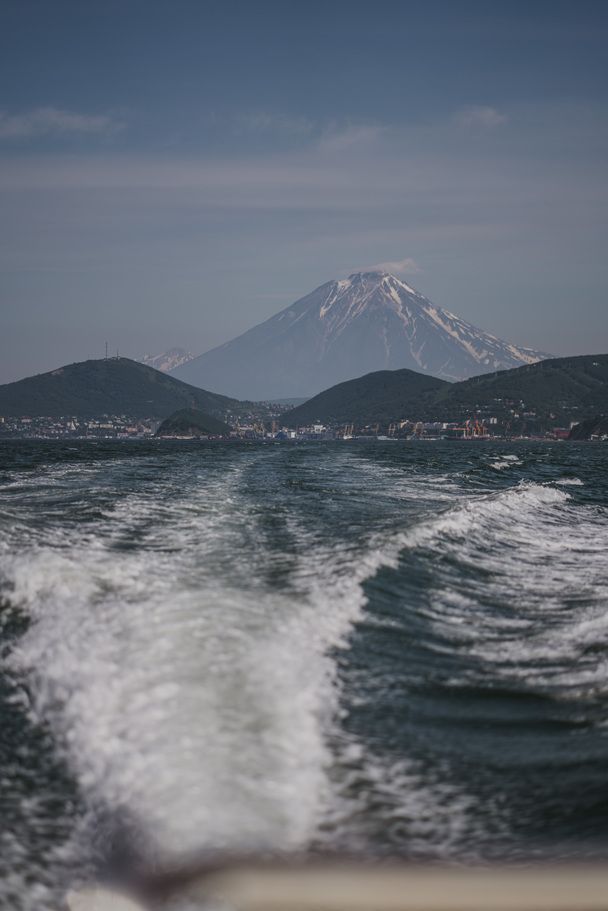
Petropavlovsk-Kamchatsky
Here you will find a conciliatory curtsy towards Kaliningrad, ambitiously claiming to be the beginning of Russia – the inscription reading: ‘Russia Has No End’; the Museum of Salmon; Vulcanarium (Museum of Volcanoes); and a couple of good restaurants. That is all you need to know about the urban part of Kamchatka, which occupies an entirely different niche in this vast, if not endless, country.

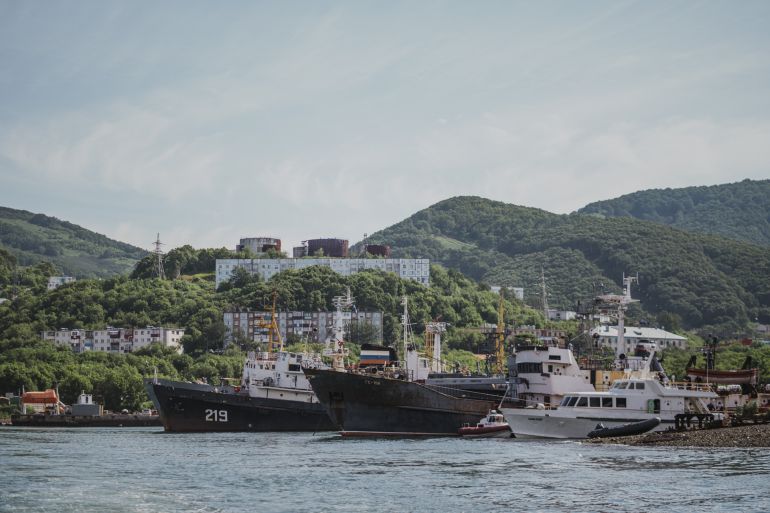
Before sailing towards the ocean, pay your respects to the monument of Vitus Bering, the 18th-century Danish explorer who founded the Petropavlovsk port settlement in 1740. If you find yourself in Kamchatka between October and April, take a trip to the Mokhovaya Bay to observe sea lions; local fishermen have been feeding them since the fish cannery closed. They say that you can meet sea lions within the city limits only in two places in the world: in Seattle and in Petropavlovsk.
Life Hack
There are two spots you may want to have your lunch at: Butcher, where you get a warm greeting and get to taste delicious venison and fish steaks; and Korea House that serves locally sourced seafood, namely lampreys, scallops and sea cucumbers, praised even by the expert Japanese and Koreans themselves.

The Avacha Bay
If you happen to travel to Kamchatka in summer, then a boat trip along the Avacha Bay is an absolute must. Strictly speaking, it is not a bay but a natural harbour with an estuary deeply cut into the land. The second largest after Australia’s Port Jackson (with the length of 24km, and a 3km opening ‘mouth’) and the deepest in the world (reaching 26m in places), Avacha Bay is a trademark of Petropavlovsk, however trite that may sound.
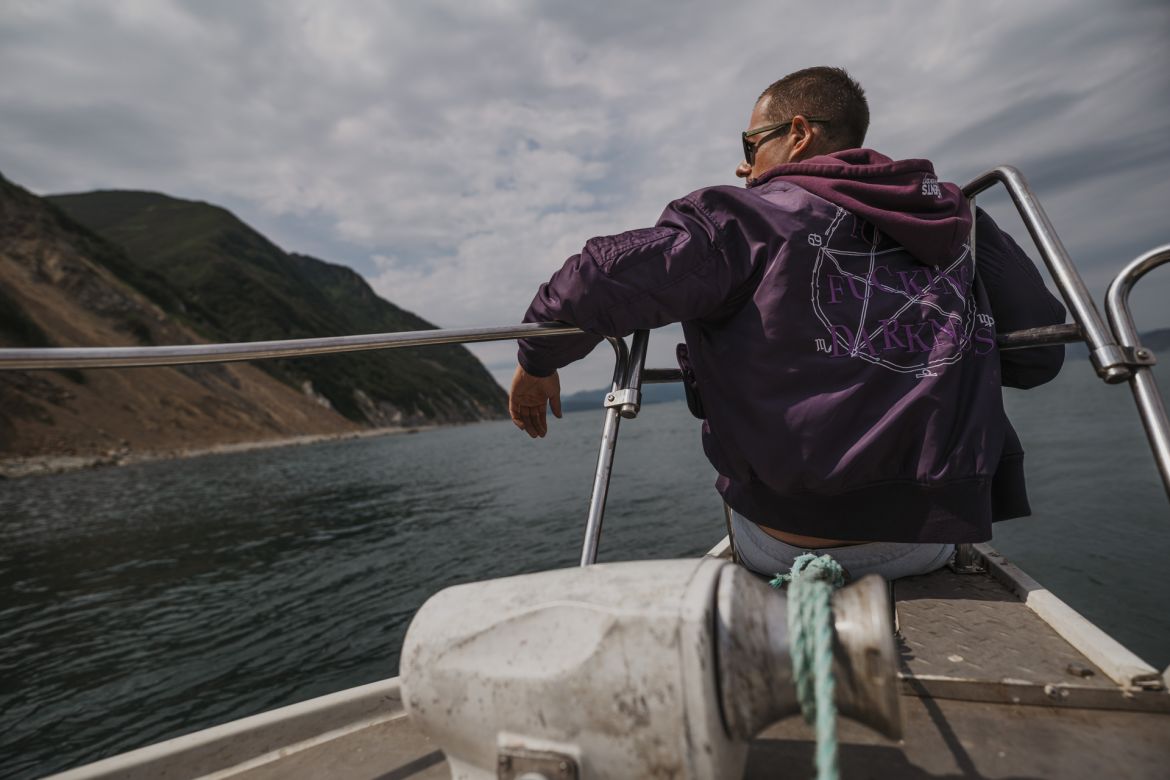
Legend has it that the Tri Brata (Three Brothers) rocks on the left-hand side once were living people who stood in the way of a destructive tsunami. Starichkov Island on the right-hand side is a nature reserve for hundreds of different birds, and also the spot where crews traditionally catch sea urchins. Do not even think of refusing: instead, ask for caviar, fresh wild-caught crab, and the famous ‘5-minute roe’, processed through a special sieve and scalded in brine. If there is a place to experience all this, it is here.

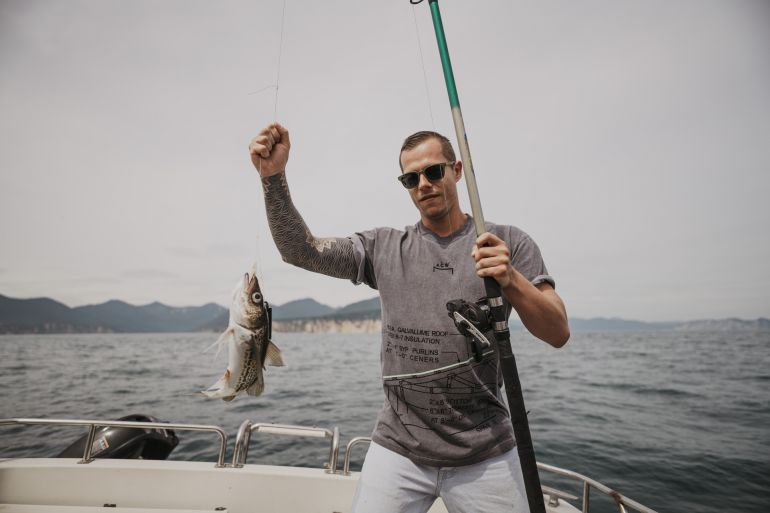
Depending on how far you plan to go on your sailing adventure, you need to estimate the duration of your boat tour. It can range from a several hours’ introductory trip with ‘5-minute roe’ tasting to a whole day, or even two, with an overnight stay at, say, Cape Zeleny, if you want to haul something more substantial than a sea urchin from the bottom of the sea with your very own bare hands. Those who are in no hurry to return to dry land will get a chance to explore the isle of Babushkin Kamen (Old Woman’s Rock), the Chasovoy (Watchman) sea stack, Cape Opasny, the pastoral Vilyuchinskaya Bay, and the Bolshaya and Malaya Sarannaya Bays, where salmon gather up in anticipation of suitable weather conditions before entering the river.
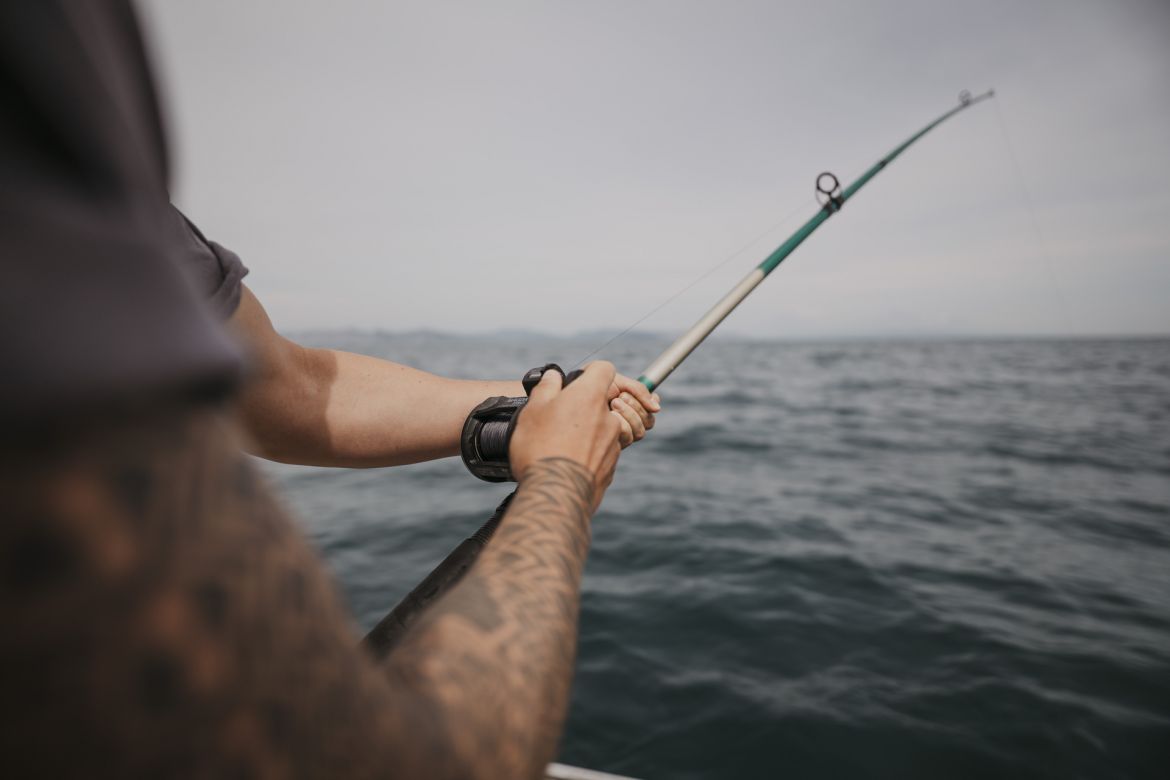


Life Hack
If you are prone to seasickness, you can always stay in the city and watch the sunset from Mishennaya Hill. The highest point in the city, which locals affectionately call ‘Mishenka’, overlooks the boundless ocean and the velvety hills of the peninsula.
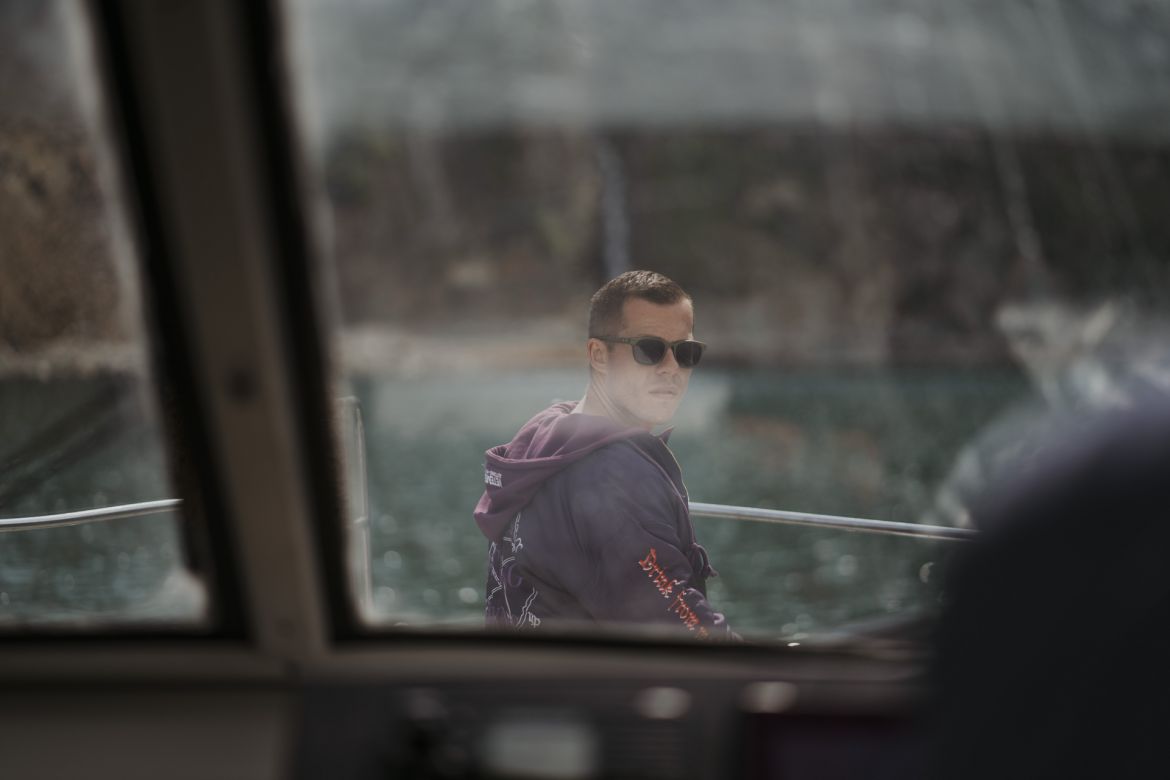





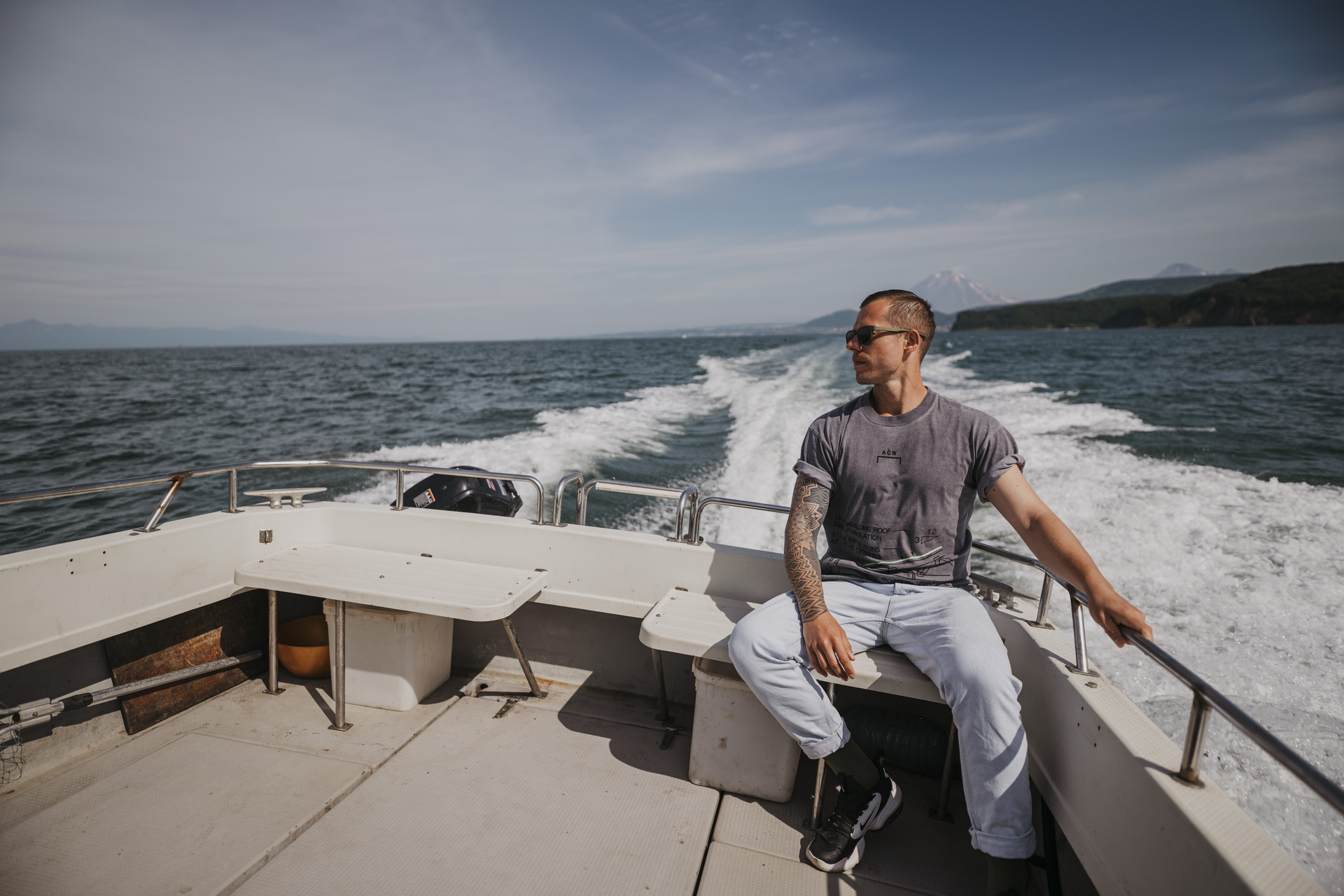

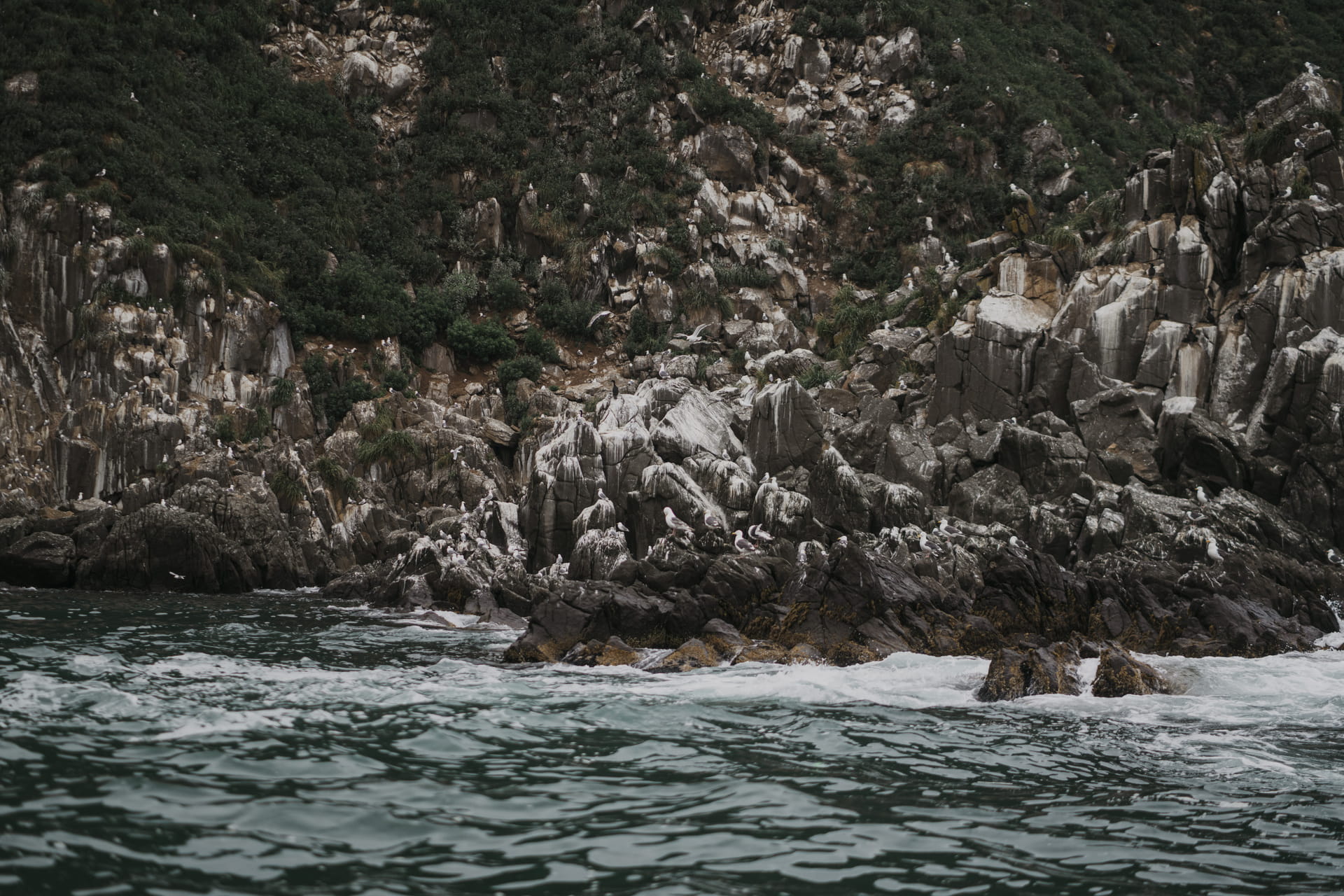
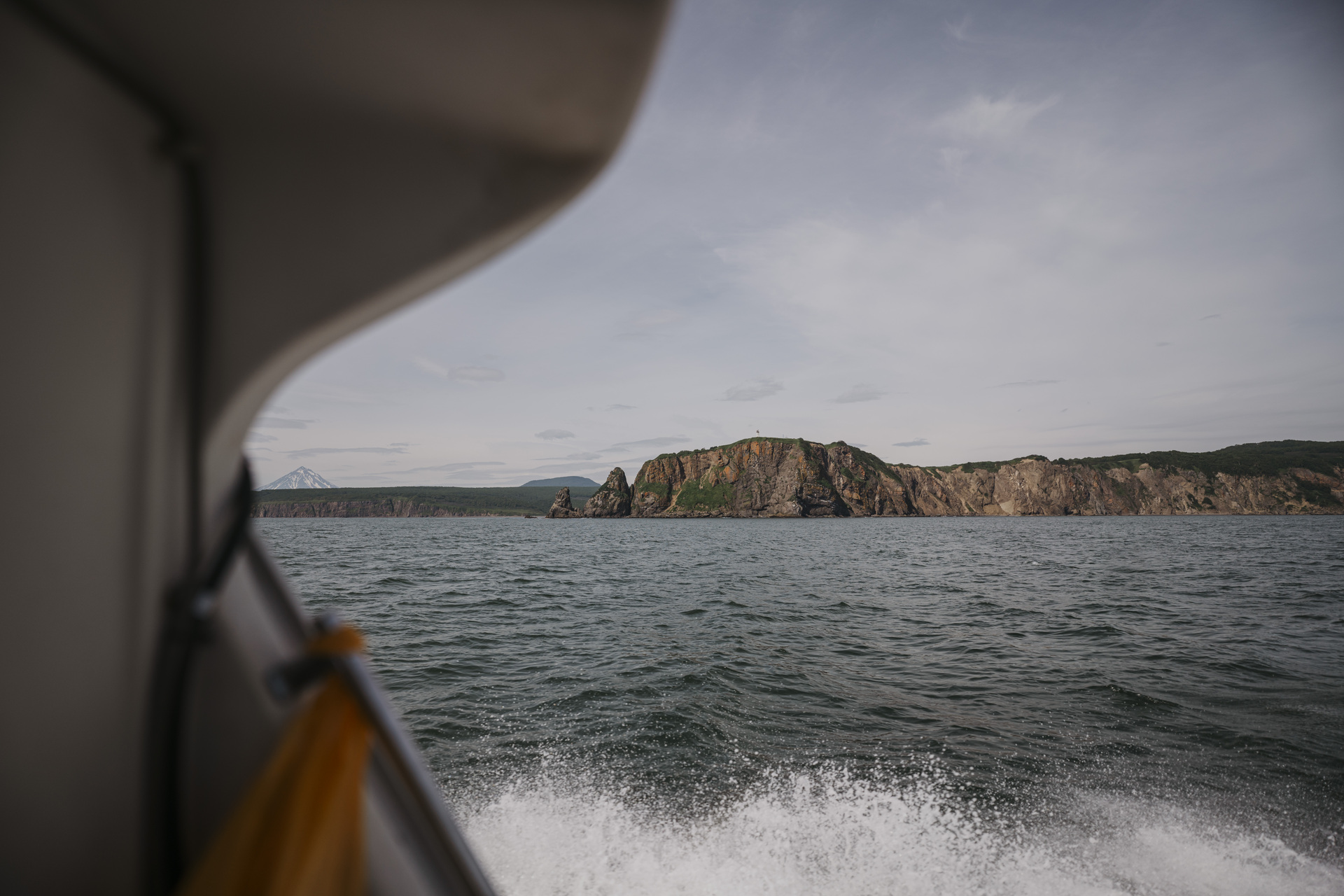



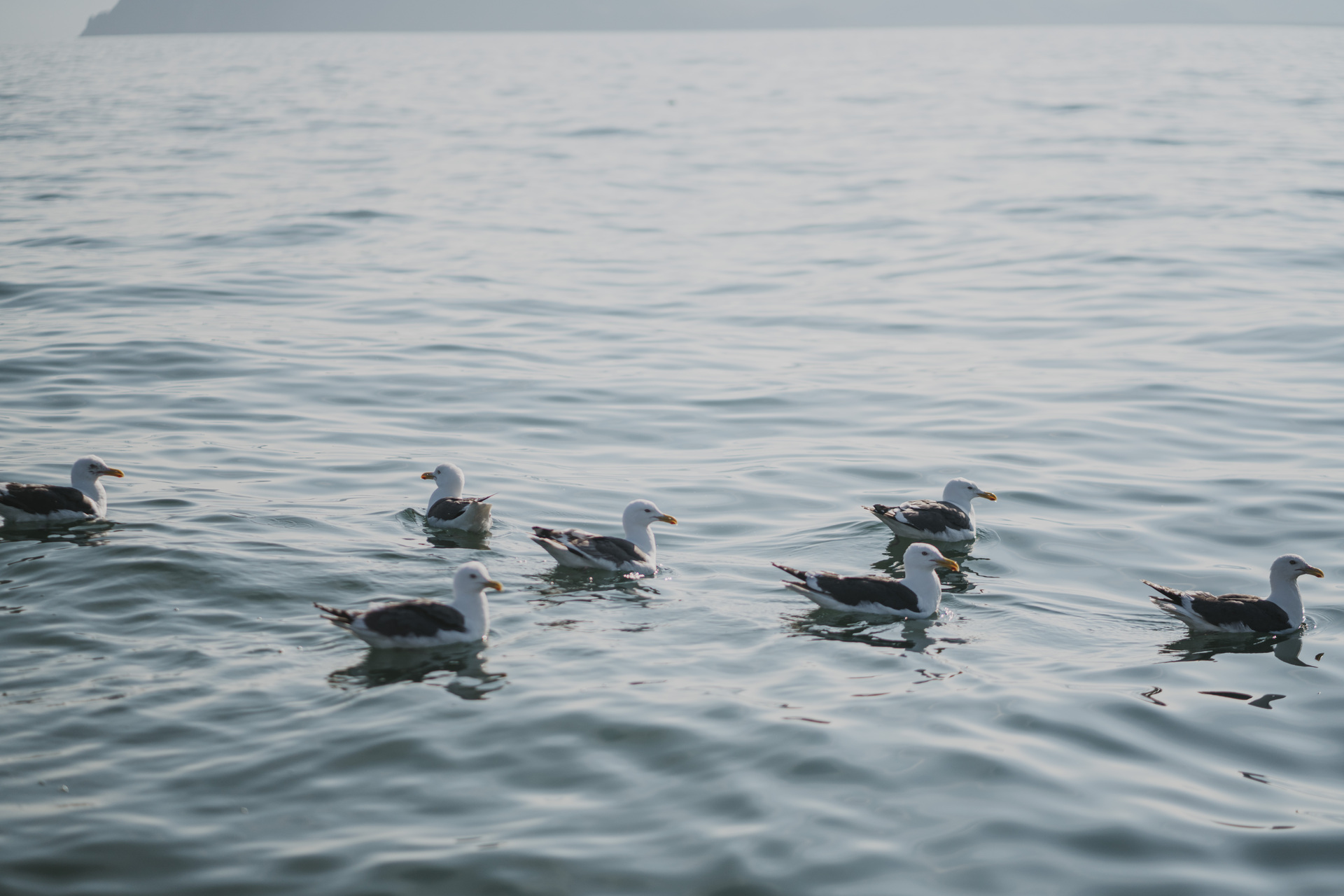

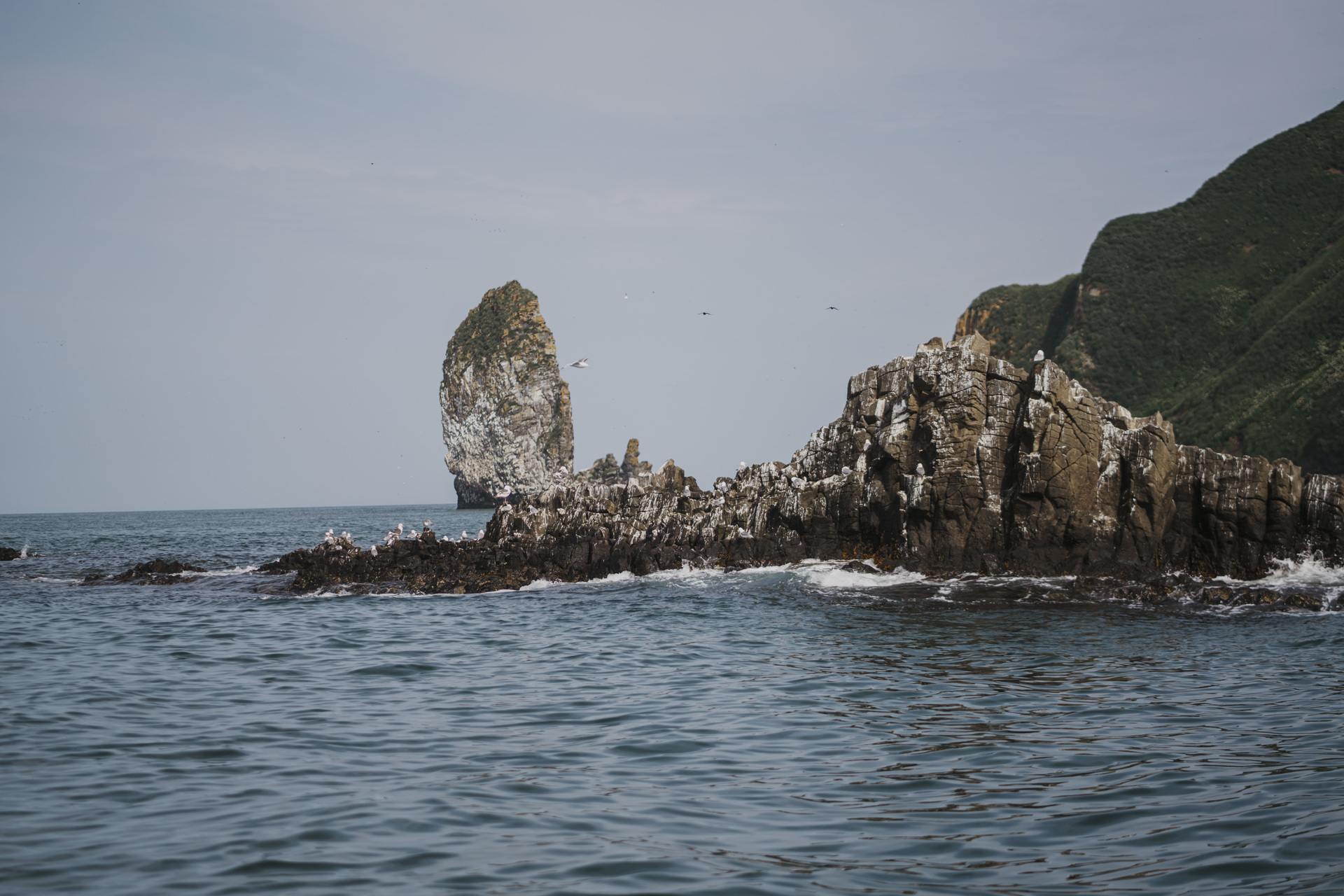
 7 min
7 min